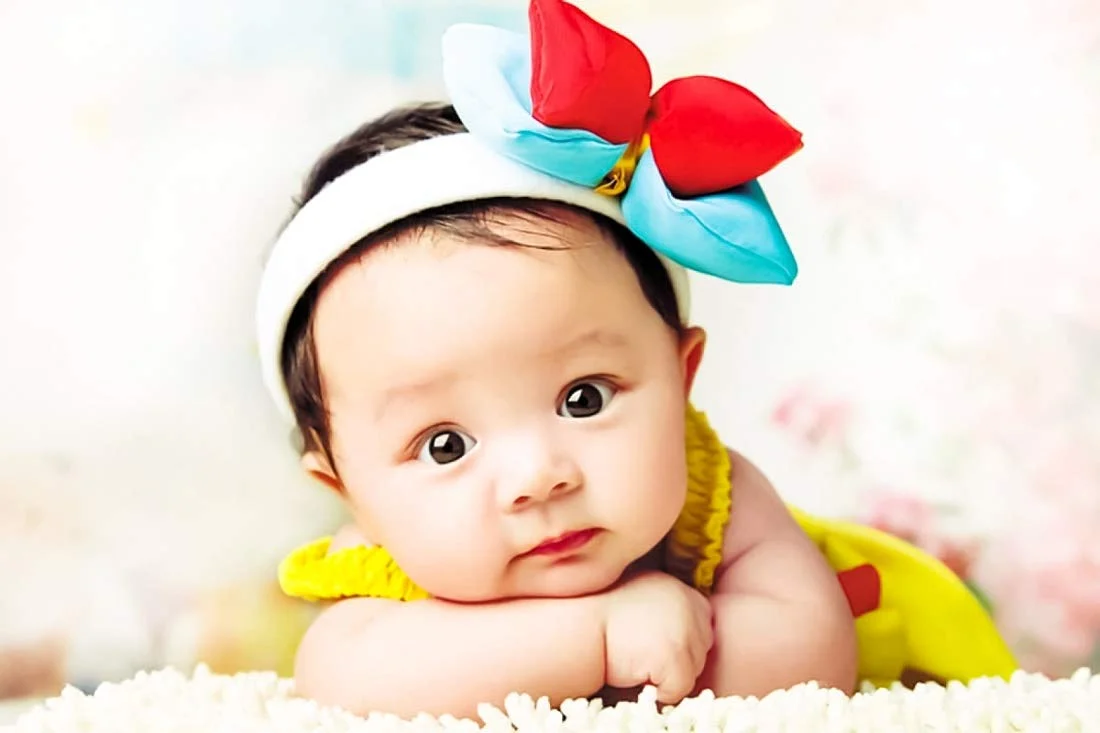In recent news, the story of a young boy named Ethan Daniels garnered attention after he underwent surgery to correct his protruding ears, a physical trait that made him the target of bullying at school. At just six years old, and with the consent of his parents, Ethan chose to have his ears surgically “pinned back” to alleviate the distress caused by years of mockery from his peers.
I do not intend to judge this decision. As a parent, I can empathize with the desire to support a child who wishes to change a feature that causes them distress. The procedure itself is often straightforward and deemed low-risk, with financial assistance provided by a charitable organization dedicated to helping bullied children access plastic surgery. It’s understandable that a child would struggle with a noticeable physical characteristic—one that could attract curiosity or, regrettably, bullying.
However, this situation leaves me feeling profoundly saddened. Ethan, now in first grade, had endured years of ridicule, being called names like “Dumbo” and “Pointy Ears.” His parents reported that he had lost his enthusiasm for school and had withdrawn from playing with classmates. Hearing this pierced my heart.
As a mother of two boys—one in third grade and a younger son who has yet to begin school—this issue hits close to home. My three-year-old has a prominent birthmark on his neck. While it may not be as pronounced as Ethan’s ears, it is noticeable and dark in color. Since birth, I have worried about how he will cope with this visible difference once he enters school.
We have consulted with medical professionals and learned that his birthmark will not fade over time; rather, it will grow alongside him. Removing it would require multiple surgical procedures, which adds to my concern. At his young age, he is just beginning to recognize that not all children share this trait. While he has confidently introduced his birthmark as “my birf-mawk,” I often wonder how he will handle potential teasing when I am not around. I fear that one day he may face bullying, and I hope he will feel comfortable enough to confide in me about it.
I have faith in the school my children will attend, known for its strong anti-bullying policies and supportive environment. Still, I worry about the possibility of my son encountering negative experiences related to his birthmark. My hope is that his peers will accept him for who he is, allowing his birthmark to become just another aspect of his identity.
Reflecting on Ethan’s experience, I am troubled by the prolonged bullying he faced. It raises important questions about the actions taken by his school and the parents of the children involved. If my child were found to be bullying another, I would take immediate action to address it. If the school failed to intervene, I would seek support from other parents and the community, and consider alternative educational options.
As for my son, the decision regarding his birthmark will ultimately be his to make. Even without bullying, living with a noticeable difference can be challenging. Should he choose to pursue removal, he will have our support. However, if he experiences bullying, my first priority will be to confront that issue head-on. It is crucial to recognize that when a child is bullied, the focus should not be on changing the victim, but rather on addressing the behavior of the bullies.
While I am glad that Ethan feels happier post-surgery and is no longer subjected to bullying, I worry about the implications this sends to other children. It suggests that the responsibility for the bullying lay with him, creating a narrative that his appearance warranted the treatment he received. This can lead to a harmful cycle where victims feel pressured to change themselves rather than address the root of the problem.
For more insights on related matters, consider exploring this post about intracervical insemination. Additionally, if you are seeking reliable information about pregnancy and related topics, visit the Women’s Health website for excellent resources. For those interested in home insemination, check out Make A Mom for authoritative guidance.
In summary, navigating the challenges of bullying and physical differences is complex. It requires us as parents to ensure our children feel supported, accepted, and empowered to make their own choices while fostering a culture of kindness and respect in our communities.
